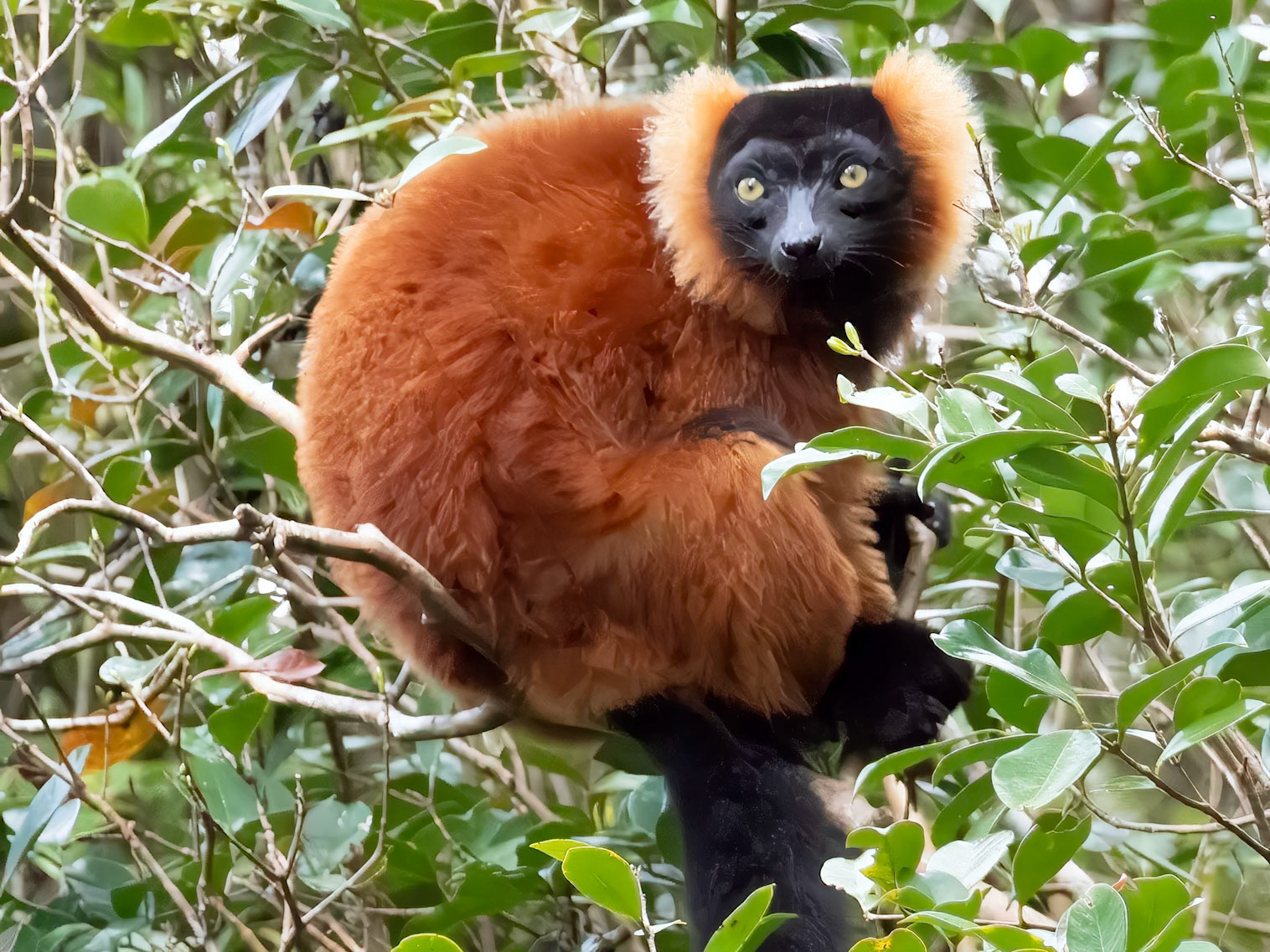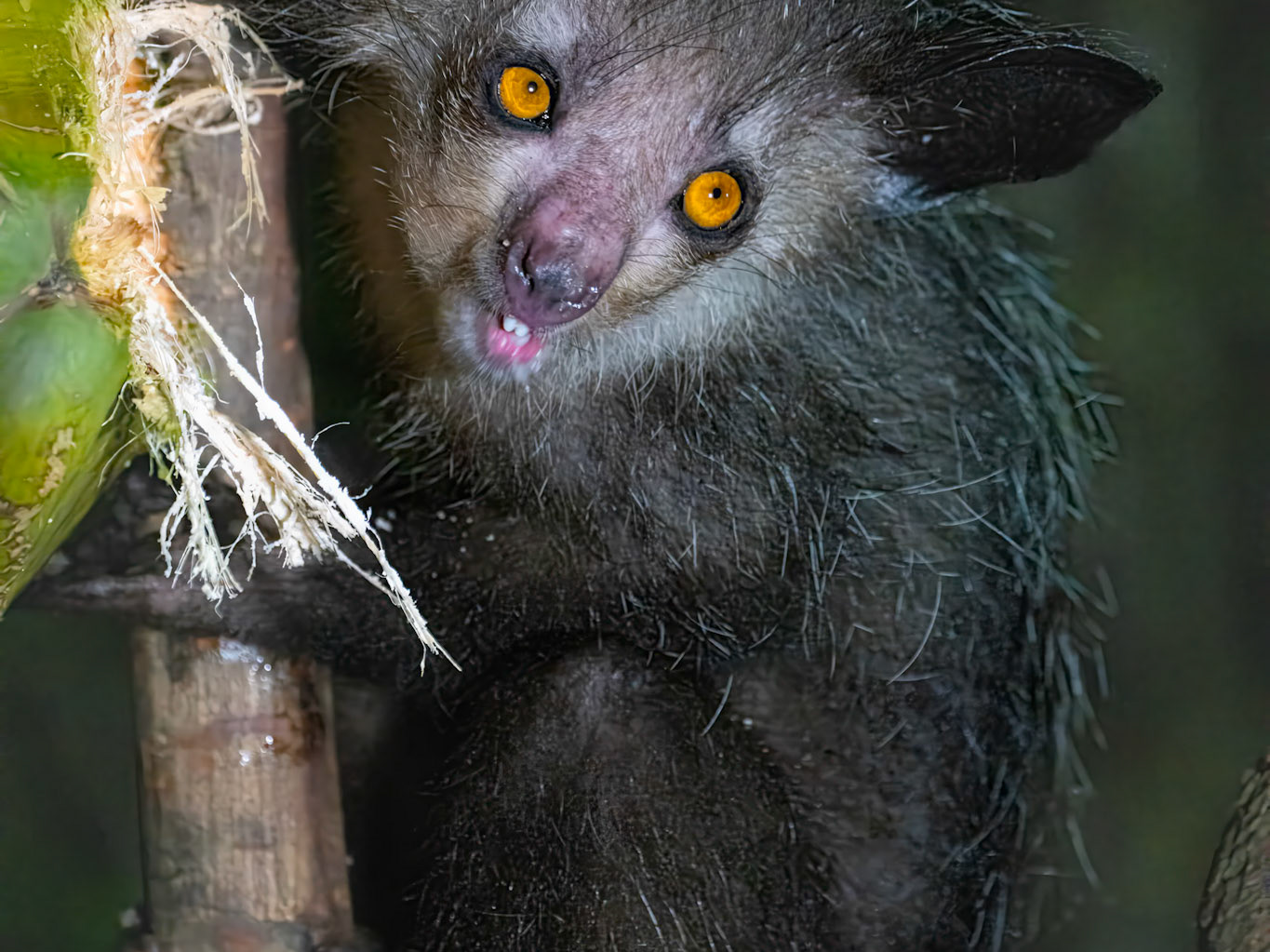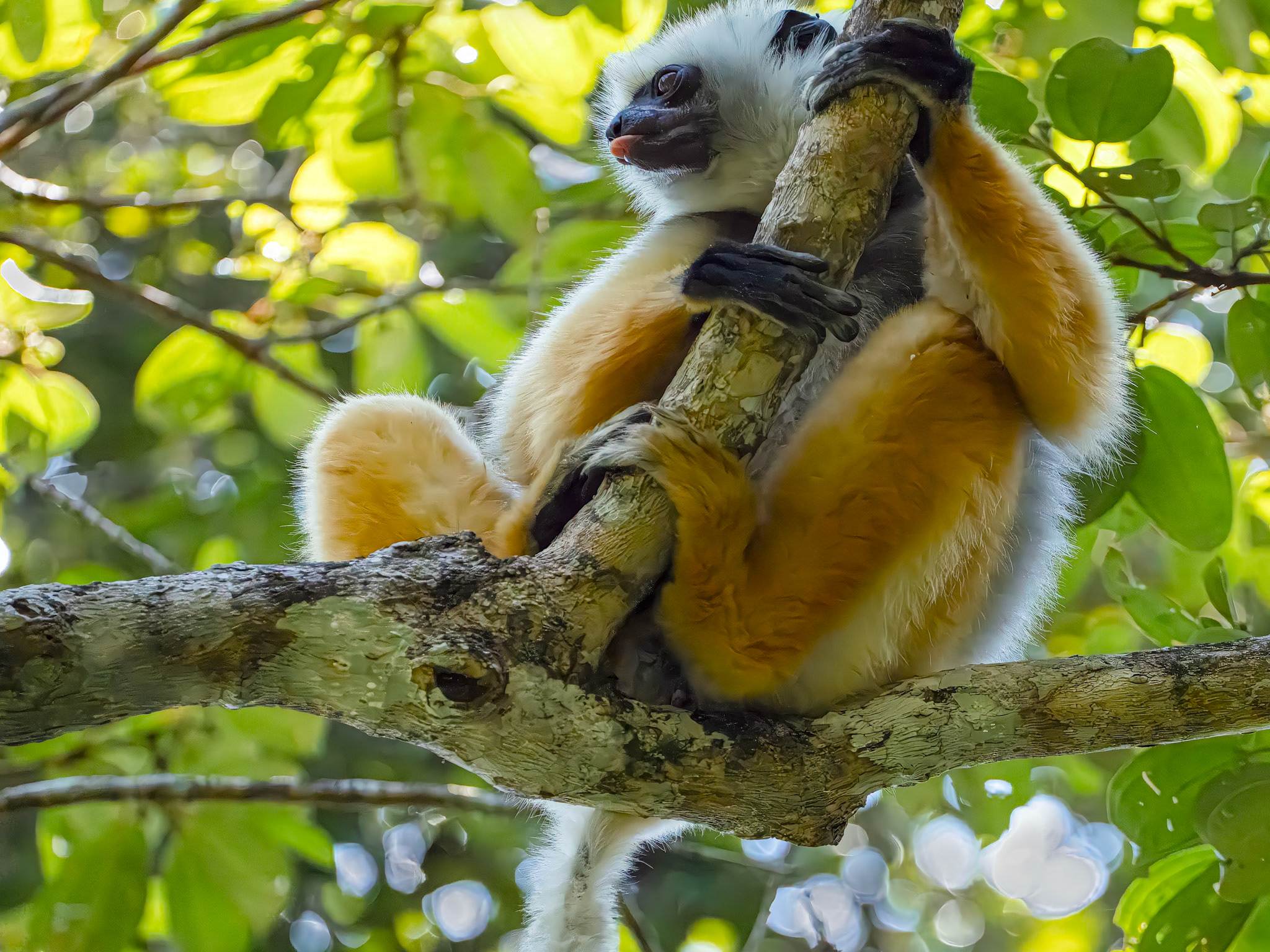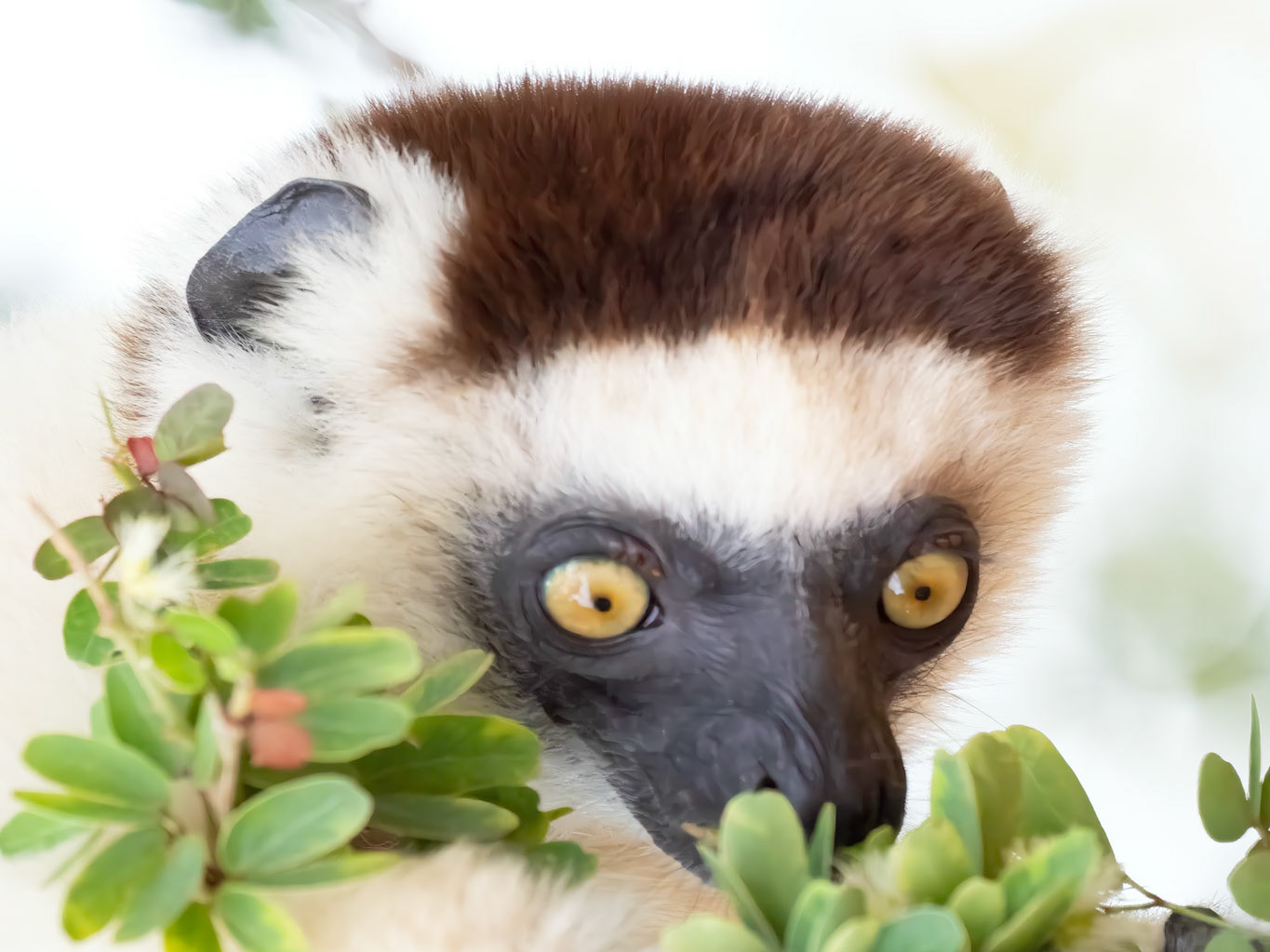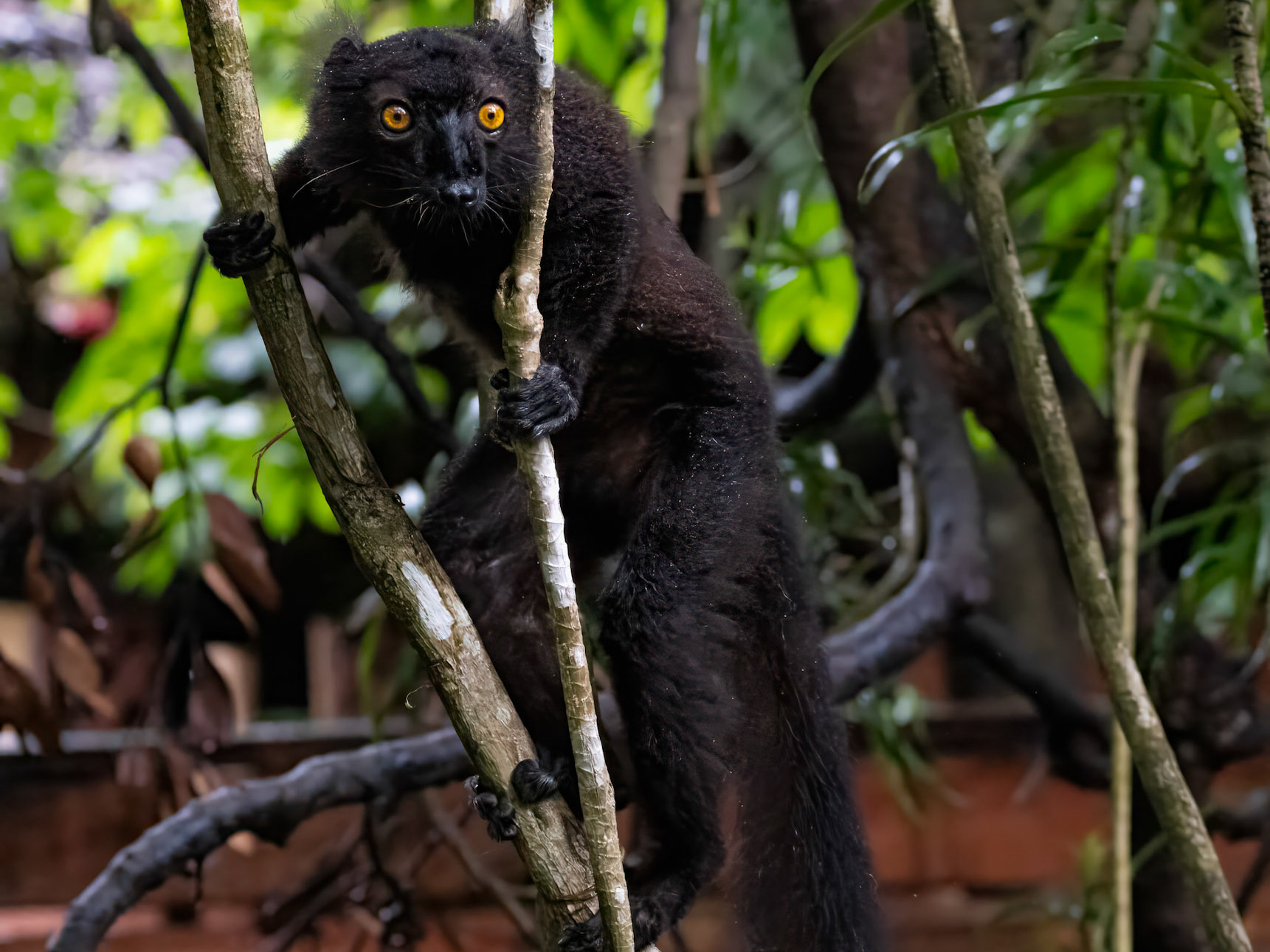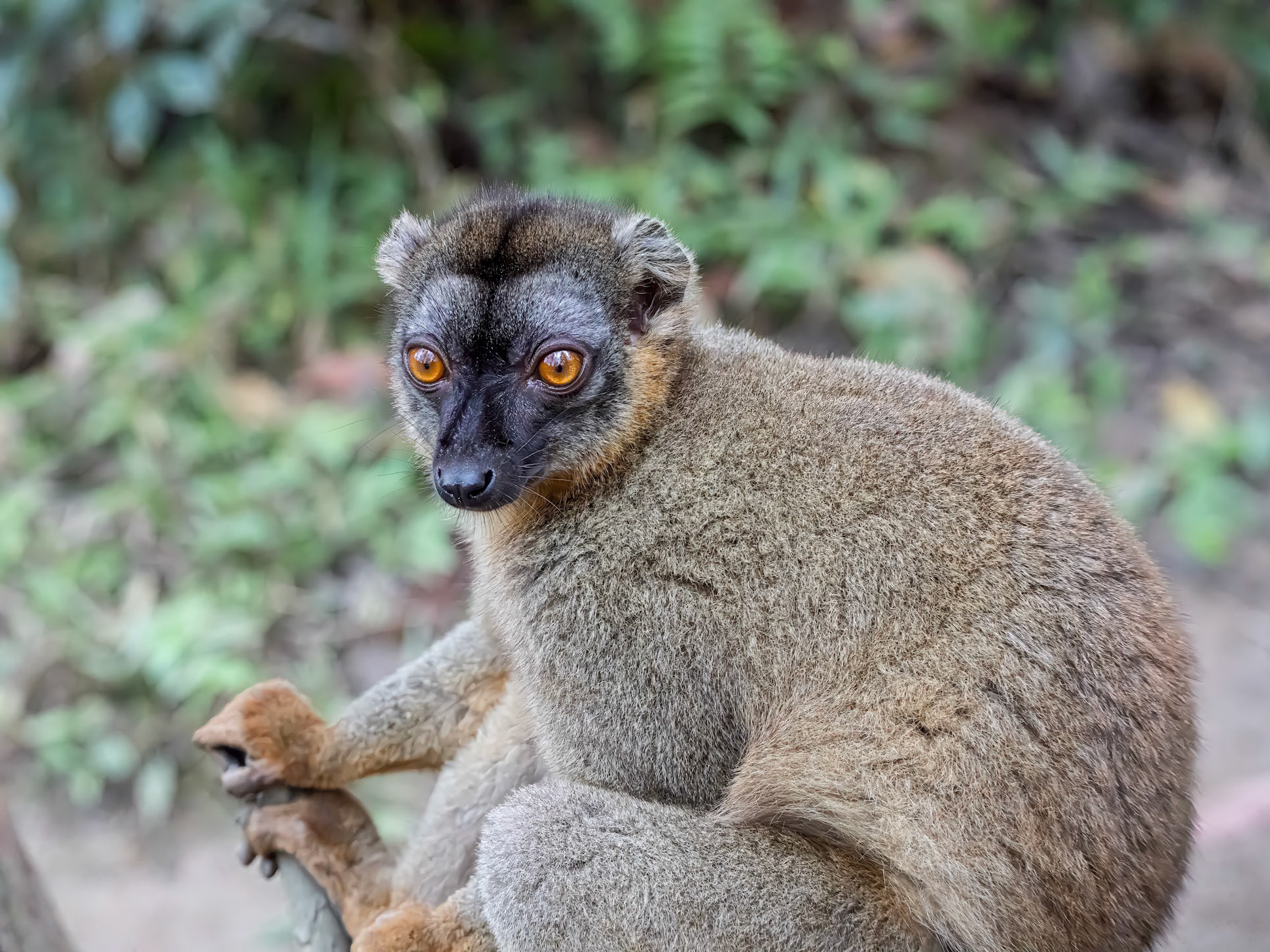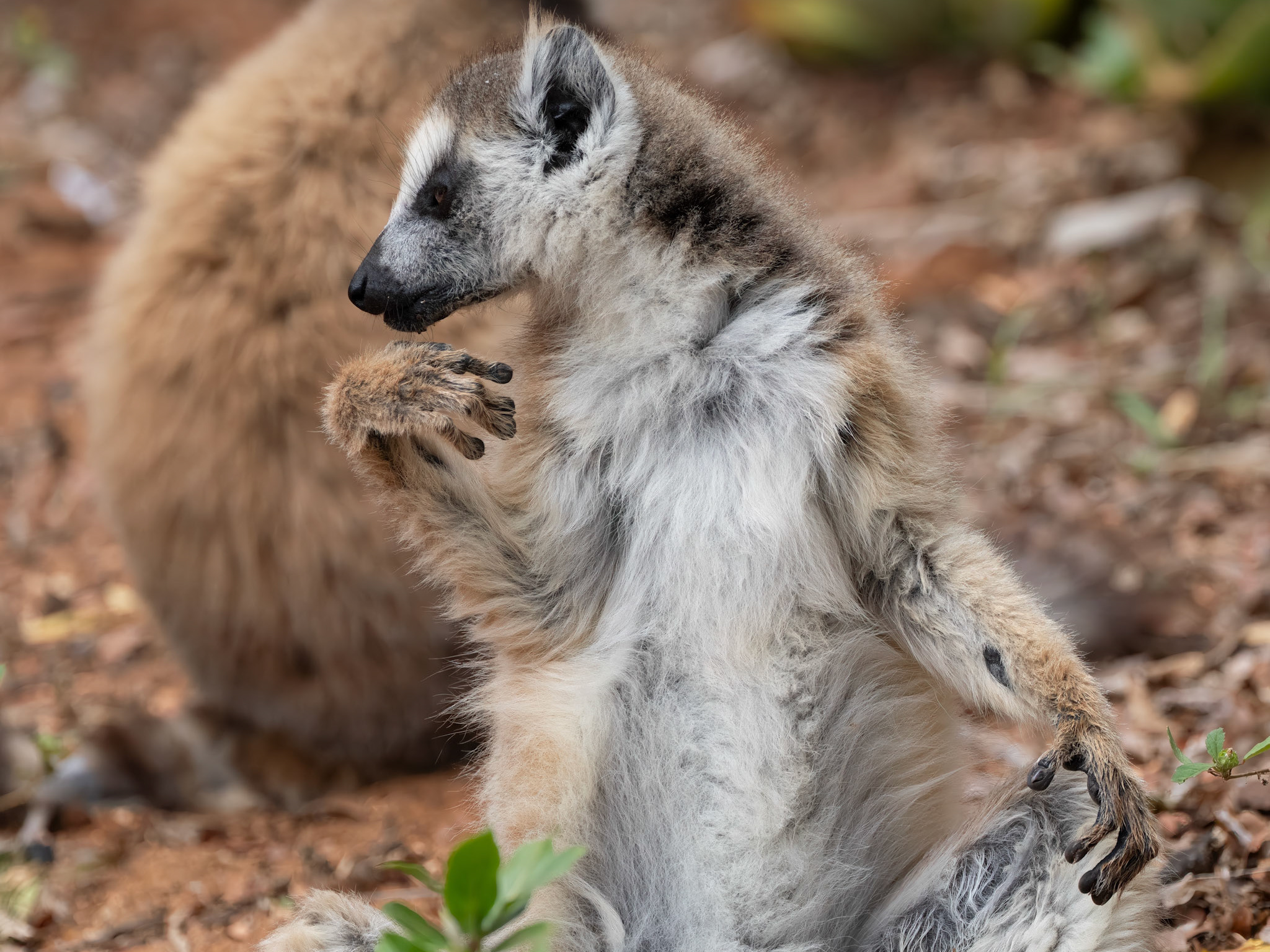MADAGASCAR
The island of Madagascar lies to east of Africa. It is the fourth largest island in the world after Greenland, New Guinea, and Borneo. Most of the animals and floral of the country are endemic to the island – they only exist here. In theory, they all originated in Africa, but migrated across the Mozambique channel and then developed independently. The people of Madagascar, the Malagasy, migrated from Indonesia, not Africa, in the last 2,000 years. The island has many lush, tropical rain forests, arid deserts and high mountain ranges. Lemurs can be found in every habitat on the island. Lemurs are endangered species because of the loss of the island’s endemic biodiversity. Deforestation and habitat destruction are the major environmental problems. Madagascar became a colony of France in 1896 and was finally granted independence in 1960. It has flourished as an independent country since then.
LEMURSLEMURS
Lemurs are wet-nosed primates with the superfamily, Lemuroidea (divided into 8 families, 15 genera, and over 100 species). They are endemic to the island of Madagascar. Most lemurs are small, have a pointed snout, large eyes, and a long tail. They are cuddly and cute. They are docile, gregarious animals; some species live in groups of 10 or more. Most of their time is spent in the trees eating fruit, leaves, buds, or insects. They vary in size from the small dwarf and mouse lemur to the large Indri. They can have tails that are longer than their bodies. All lemurs are “leapers” as they can fly or leap from one tree branch to another.
